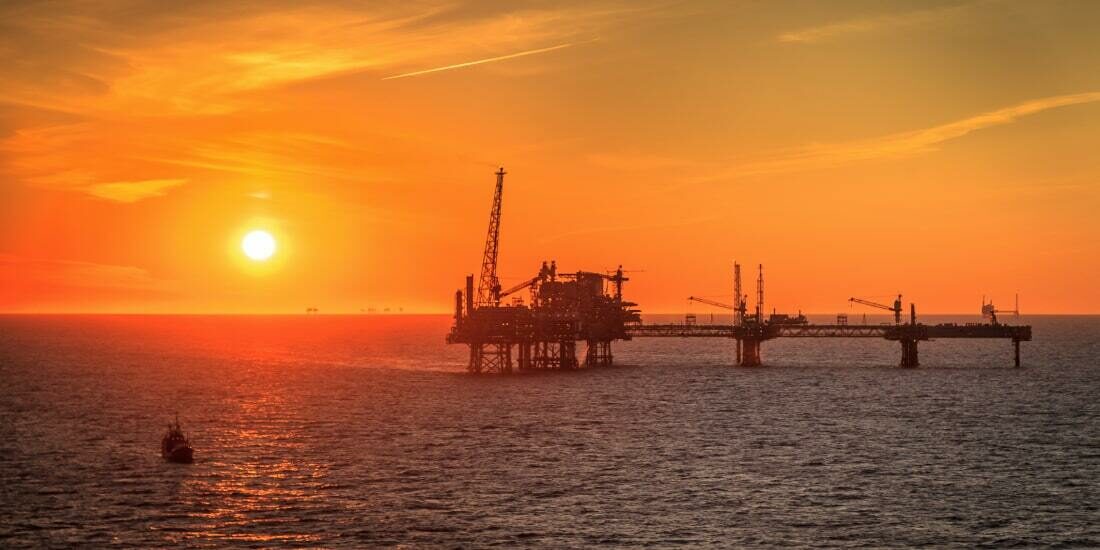BP Buys Shares in Carbon Capture

Harbour Energy and BP have come together to develop a carbon capture and storage (CCS) project in the Humber region of the UK. As the government is intent on relying on CCS to pave the way to net zero, the oil and gas giant has a 40% non-operated share for the new Viking site. Harbour Energy will operate the site but the investment brings together two of the biggest operators in the North Sea.
The Viking storage site makes use of the depleted Viking gas fields, which have been independently verified to contain 300 million tonnes of CO₂ storage. The potential of the site is estimated to achieve storage of up to 30 million tonnes of CO₂ per year by 2030. This is estimated to meet ⅓ of the UK’s target for CCS, which is a big investment to aid the transition to net zero.
£7 billion of investment across CCS could be unlocked by the new Viking site over the next 10 years. Construction would benefit from at least 10,000 jobs and the Humber region would receive access to the CO₂ shipping terminal in Immingham. This would bring in the opportunity for other parts of the UK to transport CO₂ to the area for permanent storage.
Before the UK is able to make use of it, final investment decisions are expected to take place in 2024, which could see the Viking CCS site operational by 2027. Harbour Energy secured the licence for the Viking project in 2021, so the process isn’t exactly quick. Despite promising 30 million tonnes of CO₂ storage by 2030, levels of at least 10 million tonnes a year should be seen before this time.
BP’s PR is abuzz with the investment, seeing it as a push for net zero, but critics of the UK’s over-reliance on CCS have warned that it could pose a danger for a continued use of fossil fuels. Without reducing fossil fuel use and shifting the narrative to energy storage and renewables, CCS provides an excuse to oil and gas giants like BP to continue their carbon emitting business. This tends to lean on the belief that polluting isn’t then so bad, so it can continue as is.
The reality is that most CCS infrastructure fails or doesn’t work as expected. On a global scale, 1.6 billion tonnes of CO₂ would need to be stored every year by 2030 in order for these targets to be met, but the infancy and lack of efficacy of these systems doesn’t bring hope for the future. Some reports even suggest that CCS will simply be used as a way of extending the reliance of fossil fuel infrastructure. By itself, CCS is not a solution for climate change, so it’s no surprise that businesses like BP are keen to express how excited they are to appear to be “going green”.
The UK’s infrastructure for CCS needs to be built, inspected and tested before any analysis can be made about its usefulness. Plenty of CCS is used to extract more crude oil, which goes against the process of storing carbon in the first place. Despite the benefits the Viking CCS site proclaims, it’s important to be cautious and realistic when it comes to its actual output.
